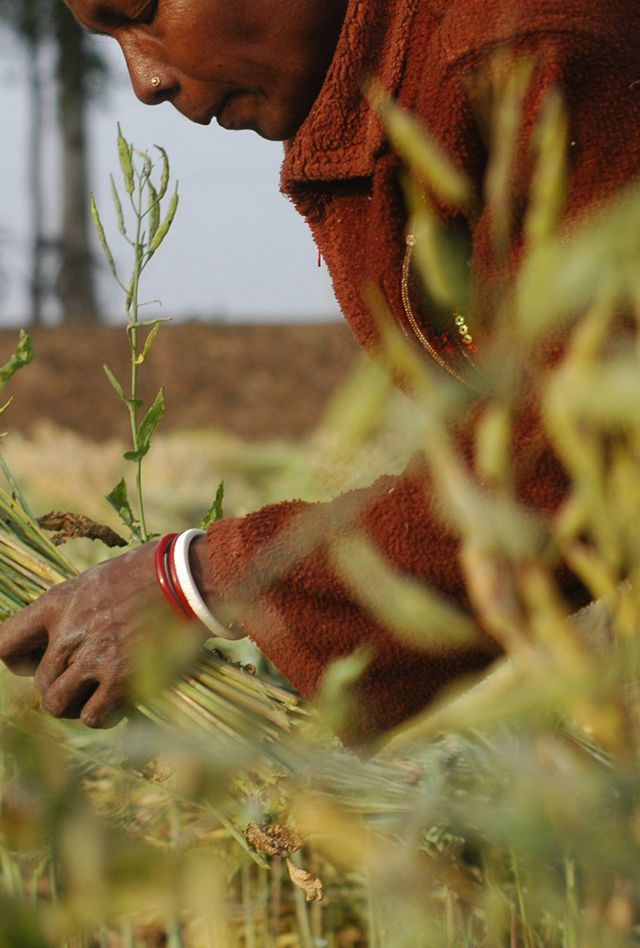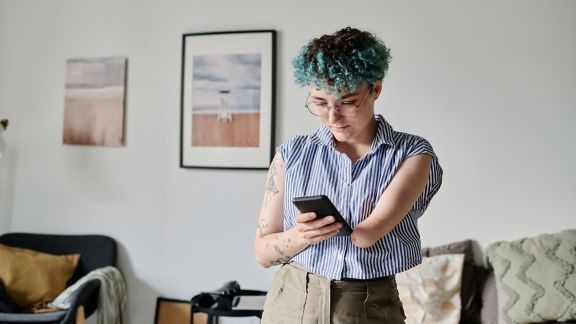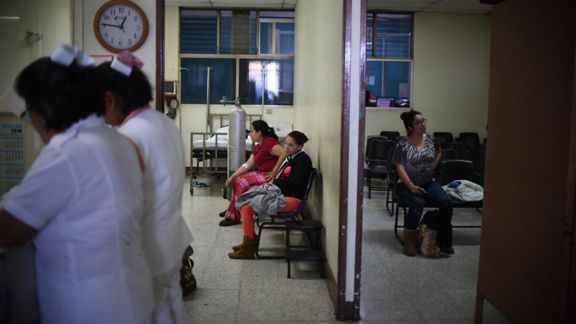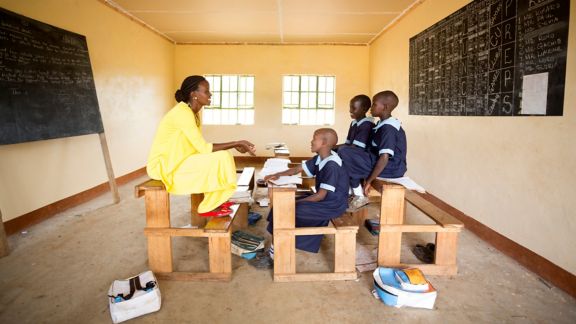Co-Creation with Indigenous Partners Reduces the Risk of Global Development Harms

Author
Kareem Kysia
Program Area Director
Client
United States Agency for International Development (USAID)
July 2024
The world’s 476 million Indigenous Peoples are not always well-served by global development projects conducted on their lands or even directly intended for their benefit.
As a cultural anthropologist versed in comparative human development, psychology, and collecting data on Indigenous Peoples and other vulnerable groups, I have long studied how global development efforts have historically overlooked and sometimes further harmed Indigenous populations.
These harms include the undermining of Indigenous rights, limitations on Indigenous access to resources, and exacerbating or causing conflicts. For instance, large infrastructure projects often displace Indigenous populations, triggering a loss of livelihood and other adverse outcomes. Even conservation projects, such as wildlife sanctuaries, can lead to the loss of traditional Indigenous livelihoods by cutting off access to land, forests, and animals.
Progress is rooted in practices that recognize Indigenous Peoples’ rights and needs and include them in the creation of development activities.
For several years, NORC’s Hard-to-Reach Populations & People in Vulnerable Situations Program Area, which I oversee, has researched Indigenous Peoples and other at-risk groups by developing and conducting extensive data collection projects funded by the U.S. Department of Labor, the U.S. State Department, the Global Fund to End Modern Slavery, the International Labour Organization, and the United States Agency for International Development (USAID), among others.
One of our most recent USAID projects was to support the agency’s Policy for Promoting the Rights of Indigenous Peoples (PRO-IP). In 2020, USAID commissioned NORC to help build an internal knowledge base, best practices, and monitoring and learning tools for better engaging and including Indigenous Peoples in USAID-funded development activities.
Led by my colleagues Hannah LaPalombara and Jessica Wallach, our team’s first step was to undertake an extensive landscape analysis which included interviews with USAID Operating Unit staff in 16 countries. Our interviews and review of 200 USAID documents, multiple donor policies, and publications by Indigenous Peoples’ organizations revealed that engagement with Indigenous Peoples was common but varied in depth and process across Operating Units.
Effective co-creation must consider many factors—including cultural differences and preferences.
Following the landscape analysis, we interviewed USAID staff and Indigenous organizations that participated in eight activity co-creation processes. Those conversations revealed several challenges, including a disconnect between USAID’s tendency to collaborate virtually and Indigenous communities’ limited internet or computer access and preference for in-person collaboration.
We incorporated these findings into a learning document on co-creating USAID activities with Indigenous groups. It includes guidance, best practices, and eight case studies of projects in the Amazon Basin, Colombia (two cases), Ecuador, Ethiopia, the Democratic Republic of Congo, Guatemala, and Peru. These case studies provide real-world insights into co-creating development activities and capacity-strengthening with Indigenous populations.
Our research also strengthened the PRO-IP itself by developing tools that measure its success.
As a preliminary step to creating monitoring and learning resources, we held global and regional workshops with Indigenous Peoples’ organizations to learn about their perspectives, expectations, and recommendations on the PRO-IP’s key terminology, including “engagement” and “partnership.” We incorporated these perspectives into a tool containing performance monitoring indicators and learning questions to guide USAID’s Inclusive Development Hub and Operating Units as it tracks and measures PRO-IP’s implementation and how it aligns with the policy’s, principles and objectives.
Recommendations
Here are the primary recommendations from the Learning Document on Co-Creation:
- Streamline and shorten any unfunded co-creation processes as much as technically possible because Indigenous organizations participate at their own expense, which can be a burden for them.
- Consider multi-day, in-person workshops rather than weekly virtual co-creation sessions because Indigenous partners can have limited Internet or computer access and tend to prefer live interaction.
- Schedule separate co-creation sessions strictly for the members of traditionally marginalized groups (i.e., women and youth) within the Indigenous population so that those sub-groups can speak freely and have their voices included.
- Consult Indigenous partners on which capacities they wish to strengthen. For example, some may wish to improve their staff’s technical expertise or ability to communicate with the public.
Policy Implications
Our work on the PRO-IP is helping USAID strengthen engagement and inclusion of Indigenous Peoples. It’s also helping USAID monitor and streamline its processes. All of this improves project impact and sustainability, and U.S. government relations with Indigenous groups worldwide, by ensuring that USAID funding accounts for Indigenous needs and supports Indigenous rights.
Read more on our USAID PRO-IP research page and download our landscape analysis, learning document, and learning questions and indicators.
Citation
Kysia, K. (2024, July 9). Better Co-Creation with Indigenous Partners Reduces the Risk of Global Development Harms. [Web blog post]. NORC at the University of Chicago. Retrieved from https://www.norc.org.







